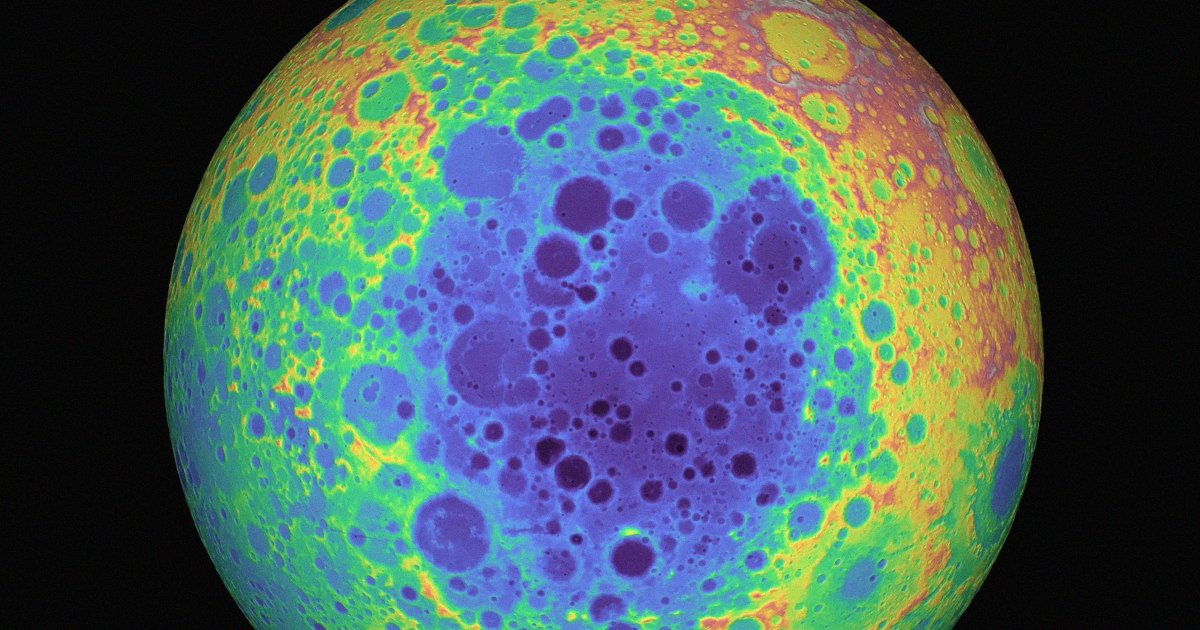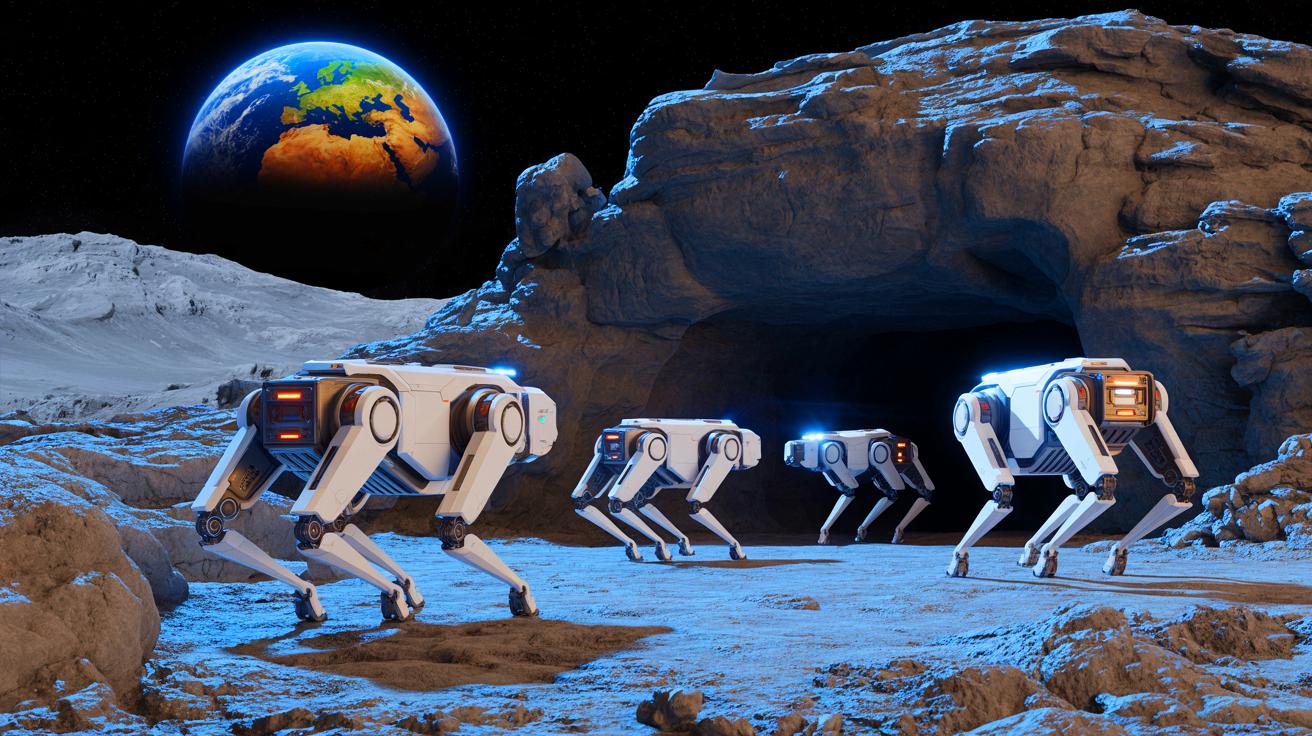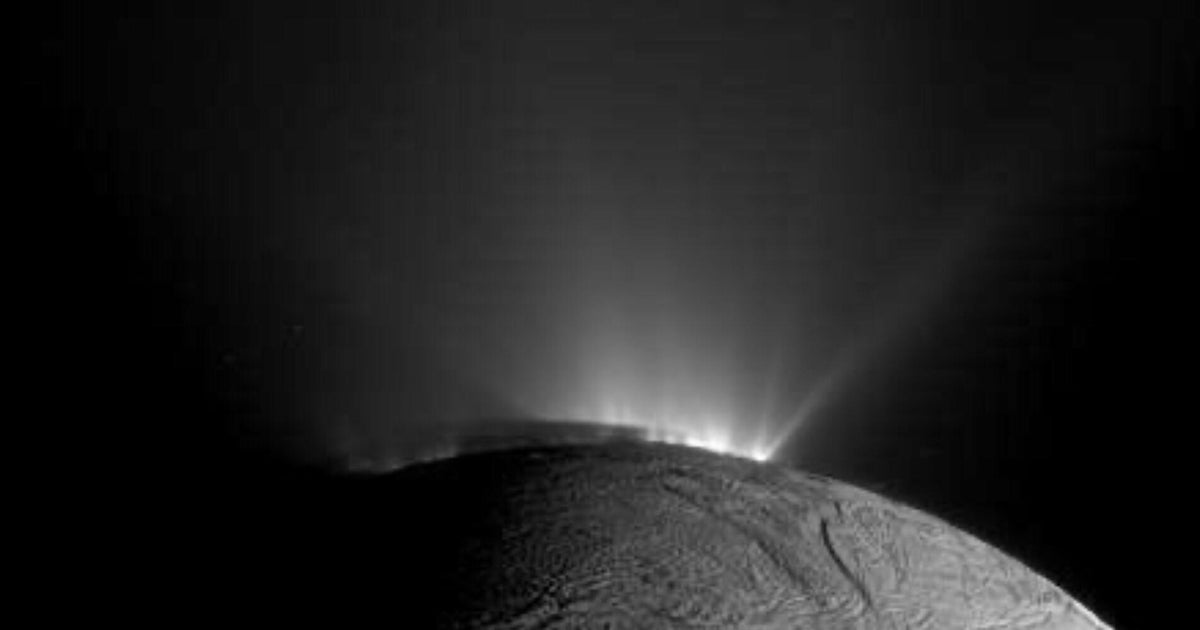A recent study of Enceladus, one of Saturn’s moons, has detected several organic compounds that had never been recorded there before. The findings, published this month in Nature Astronomy, provide new clues about the interior chemical composition of this icy world, as well as new hope that it could harbor life. The researchers analyzed data from the Cassini probe, which …
Read More »Tag Archives: moons
There’s Something Really Strange About the Moon’s Largest Crater, Where NASA Astronauts Are Due to Land
Scientists have found that we may have been wrong about how the Moon’s largest crater, the South Pole-Aitken (SPA) basin, formed roughly 4.3 billion years ago. As detailed in a new paper published in the journal Nature, the more than 1,200-mile crater appears to have been the result of a glancing, southward blow — and not a head-on asteroid impact, …
Read More »There’s Something Really Strange About the Moon’s Largest Crater, Where NASA Astronauts Are Due to Land
Scientists have found that we may have been wrong about how the Moon’s largest crater, the South Pole-Aitken (SPA) basin, formed roughly 4.3 billion years ago. As detailed in a new paper published in the journal Nature, the more than 1,200-mile crater appears to have been the result of a glancing, southward blow — and not a head-on asteroid impact, …
Read More »China’s Robotic Dogs Are Now Training to Explore the Moon’s Hidden Lava Tubes (and find sites for future bases)
IN A NUTSHELL 🌕 Chinese researchers develop robotic dogs to explore lunar lava tubes for potential moon bases. 🤖 These robots are equipped with autonomous navigation and obstacle avoidance technologies. 🌋 Testing in a cave similar to lunar terrain helps advance robotic technology for space exploration. 🚀 The initiative highlights the potential of AI and robotics in future space missions. …
Read More »Saturn moon’s hidden ocean reveals more evidence of favorable conditions for life, study finds: “Simply phenomenal”
The ocean hidden under the icy shell of Saturn’s moon Enceladus harbors complex organic molecules, a study said Wednesday, offering further evidence that the small world could have all the right ingredients to host extraterrestrial life. Just 310 miles wide and invisible to the naked eye, the white, scar-covered Enceladus is one of hundreds of moons orbiting the sixth planet …
Read More »NASA’s Webb telescope gets a never-before-seen look at how moons form on exoplanets
Scientists have gotten a never-before-seen look at an area around a large exoplanet 625 light-years away where moons like the one orbiting Earth could potentially form. Using data from NASA’s James Webb Space Telescope, a team of researchers were able to study the chemistry surrounding a world called CT Cha b. Though no moons have yet been detected in this particular …
Read More »Rock samples show moon’s farside interior is cooler than the nearside
WASHINGTON — The moon is sometimes called “two-faced” because the surface of its side perpetually facing away from Earth looks so different than its side always facing our planet. And the differences run deeper than that, as shown by an analysis of rock and soil retrieved in 2024 by China’s Chang’e-6 robotic lunar spacecraft. Scientists said the chemical makeup of …
Read More »New Discovery Reveals Just How Different the Moon’s Two Sides Really Are
The Moon is seriously two-faced. The near and far sides of Earth’s only natural satellite are so unlike each other, it’s a wonder they’re located on the same celestial sphere. Now, new research suggests they’re even more different than astronomers thought. A study published Tuesday in the journal Nature Geoscience found evidence to suggest that the interior of the Moon’s …
Read More »Help Map the Moon’s Molten Flows!
When asteroids hit the Moon, the impacts carve out craters and with enough energy and pressure, melt parts of the rocky surface. Often, the white hot, gooey melt (it’s like lava, except that it doesn’t erupt from underground) sloshes around the new crater and surrounding regions. The molten rock cools and hardens into vast rock features called impact melt flow …
Read More »NASA Selects Blue Origin to Deliver VIPER Rover to Moon’s South Pole
As part of the agency’s Artemis campaign, NASA has awarded Blue Origin of Kent, Washington, a CLPS (Commercial Lunar Payload Services) task order with an option to deliver a rover to the Moon’s South Pole region. NASA’s VIPER (Volatiles Investigating Polar Exploration Rover) will search for volatile resources, such as ice, on the lunar surface and collect science data to …
Read More »








